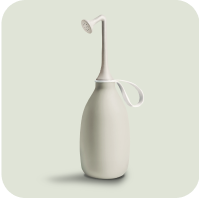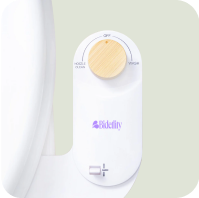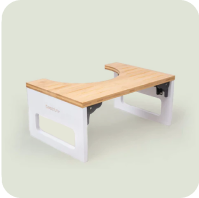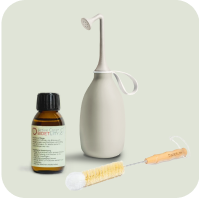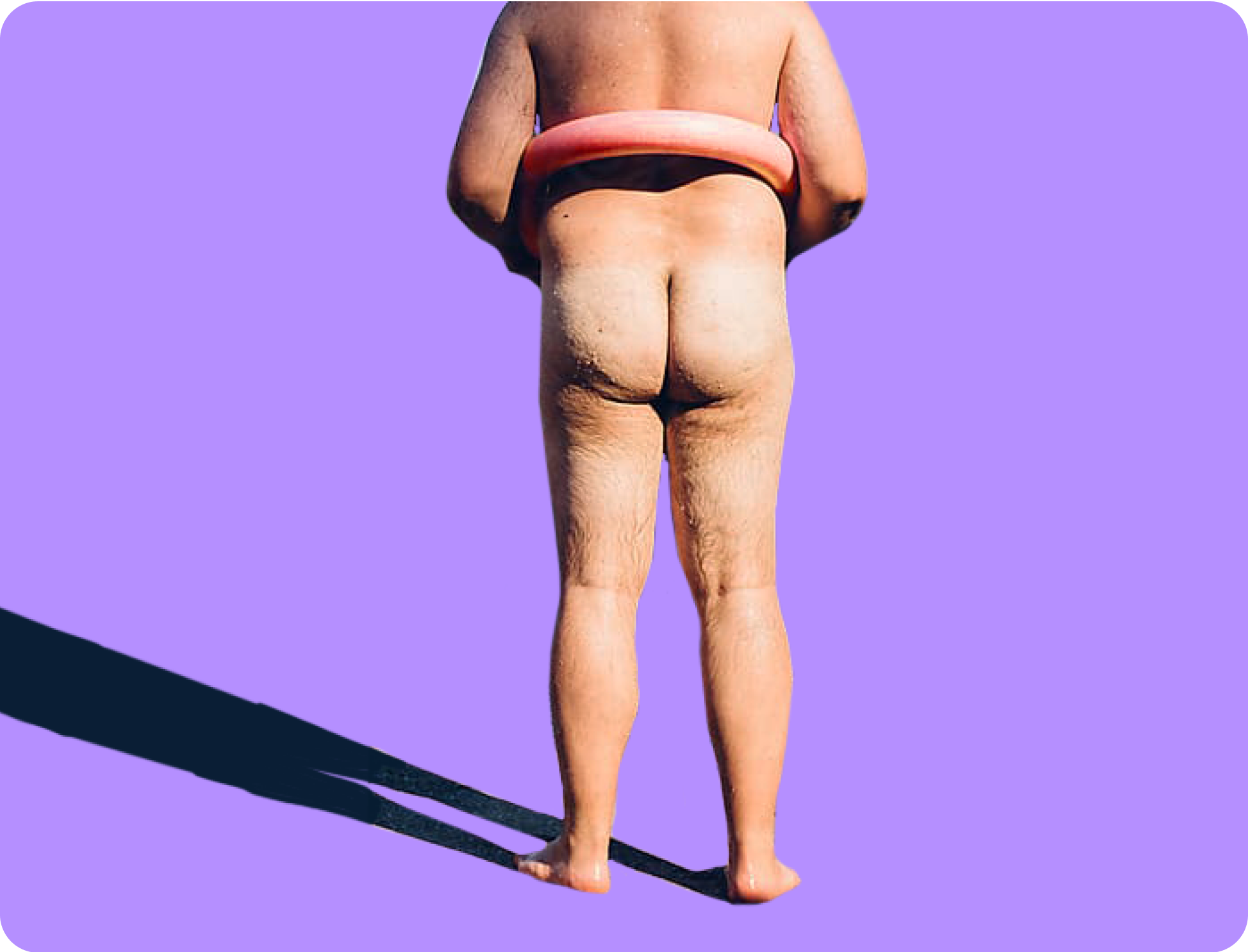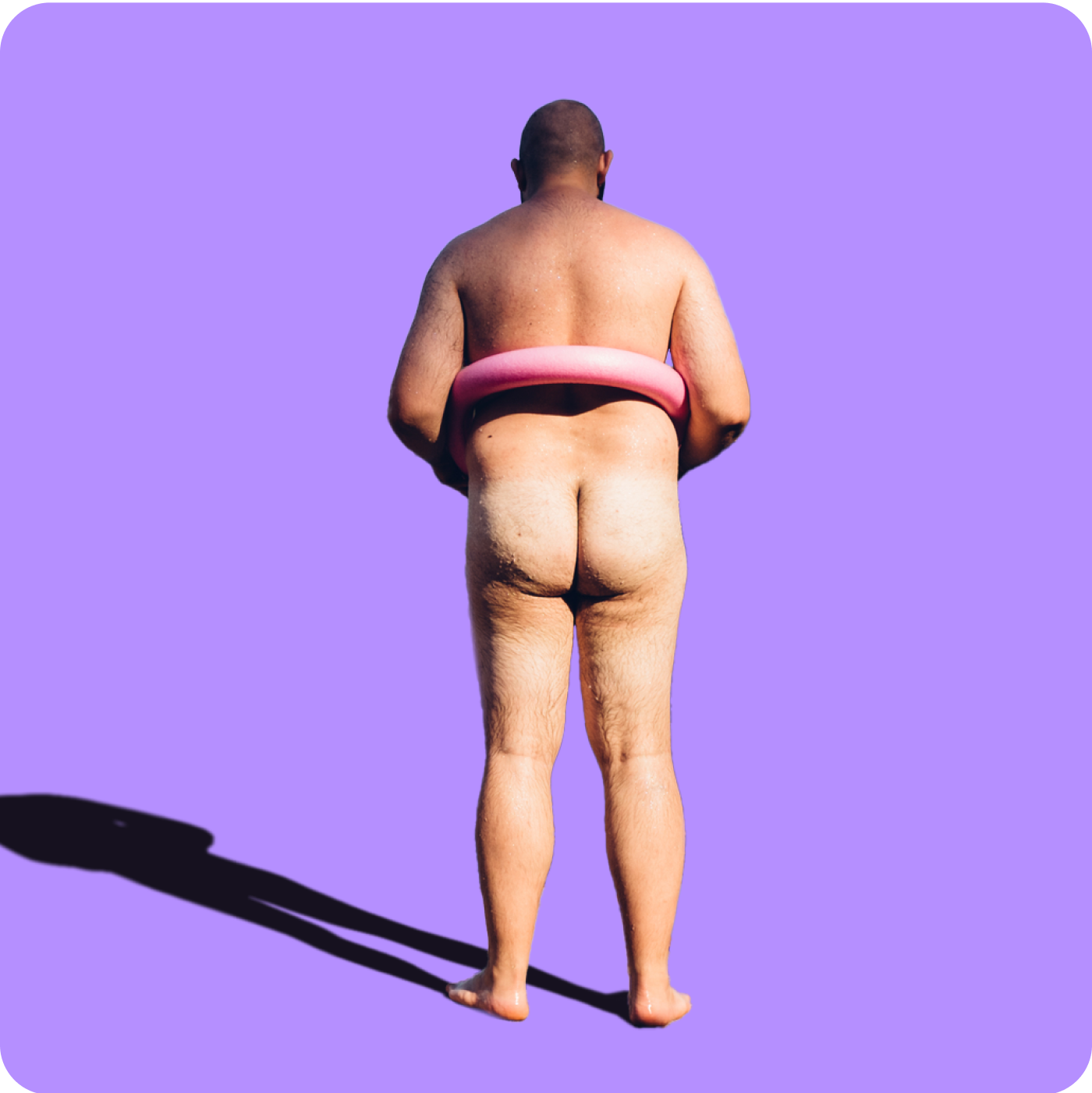pelvic floor
The pelvic floor is such a present topic in the context of pregnancy, birth and recovery - and yet only a few people know what it is exactly. So let's take a closer look. The pelvic floor is a truly impressive muscle complex in our small pelvis. It developed through upright walking to literally prevent our organs from falling out, controls the sphincters of the bladder and intestines and contributes to pleasurable sexuality.
Your pelvic floor consists of three muscle layers that always work together and with other muscle groups. It has three important main functions: tension, relaxation and holding. During pregnancy in particular, your pelvic floor holds the weight of your child and uterus in addition to your own increasing body weight, so that it can then open as much as possible for birth. It's crazy how clever our body is: the pelvic floor is in holding mode for nine months and then manages to open completely within hours. But it's not quite that simple. It requires hormonal softening and conscious feeling. Conscious breathing exercises for tension and relaxation are therefore highly recommended during pregnancy.
Some pregnant women can clearly feel their pelvic floor when it is under greater pressure due to multiple pregnancies or larger babies. This is when pelvic floor training is necessary. If the birth is in the abdomen, training the pelvic floor after birth is also necessary for this reason. The contractions during birth and the associated slow descent of the baby's head until it reaches the pelvic floor put it under great pressure. It stretches bit by bit to allow your baby's head, with an average head circumference of 33-36 cm, to slide out through the complete opening.
You will feel this strain especially when you first get up after giving birth and in the early postpartum period. Your posture reflects the excessive strain. Your upright gait briefly turns into a bent-over, rather crooked gait. What your pelvic floor needs so much now is strict rest. The best way to achieve this is to:
- basically stay in bed and lie down a lot
- urinate regularly - ideally every 2-3 hours
- breastfeeding while lying down
- prepare easily digestible food for you to keep your stool soft
- put a Stuul (toilet stool) under your feet when you have to go to the big toilet
- supports the regression of your uterus - e.g. through abdominal massage and frequent prone position
- perform your first activation exercises while lying down - depending on the birth injury, you may want to wait at least 1 week before starting
- avoid heavy lifting - for example of siblings
- you wear a support belt for your stomach or special support underwear if you feel strong pressure
- always get up and lie down on your side - avoid standing up straight
An initial feeling of incontinence or dribbling is perfectly fine, but should gradually improve.
About a week after giving birth, it is important to start the first awareness exercises for your pelvic floor muscles. If you have major birth injuries, you can wait a little longer. Learning to feel your pelvic floor again is the basis for your further recovery.
We have put together a few specific exercises. It only takes a few minutes a day and can be easily incorporated into your everyday life as a mother. After your postpartum period, we can wholeheartedly recommend a postnatal exercise course that is covered by statutory health insurance. It is valuable time invested in you and your wonderful body.
A strong and stable pelvic floor is essential and requires patience. Take good care of it and take your time, it's worth it.
- Activating your pelvic floor - Squeeze & Lift
This concrete and visual impulse from the wonderful Berlin lucky moms can help you to feel your pelvic floor. It's about tensing and then lifting, i.e. a squeeze and lift.
This is how you can imagine the squeeze in a practical and visual way:
1 - Close your anal sphincter - as if you were trying to hold in a fart.
2 - Tighten your vagina - as if you were trying to hold a tampon.
3 - Close the urethral opening - as if you wanted to stop your urine stream.
- And now to the lift:
Imagine that your bladder, uterus and rectum are in a soap bubble that you gently allow to rise towards your abdomen.
All surrounding muscles - buttocks, thighs and outer abdominal muscles - should remain relaxed.
Does this feeling feel challenging? Take your time. Time for yourself, for your body awareness, your femininity. Your pelvic floor does so much more than you think.

